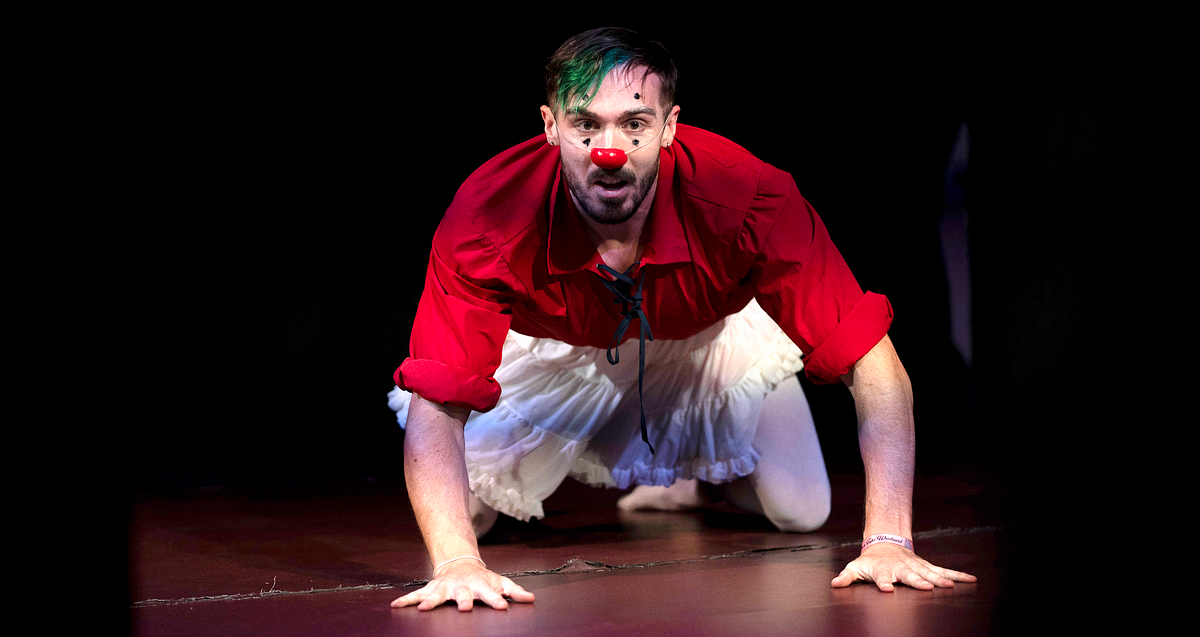I fell in love with Church of Clown the second I walked through the door. It’s an ungainly door — unclear where to push or whether to knock — and I’m late, so the door is firmly shut. As I’m let in, any hope of slipping in unnoticed vanishes; The space is unpolished but welcoming, with a dozen audience members in metal folding chairs.
The stage is alarmingly close and bisected by a large wooden column. All night, we watch performers John Norris and Claire Woolner awkwardly reach around the column in search of the microphone for laughs.
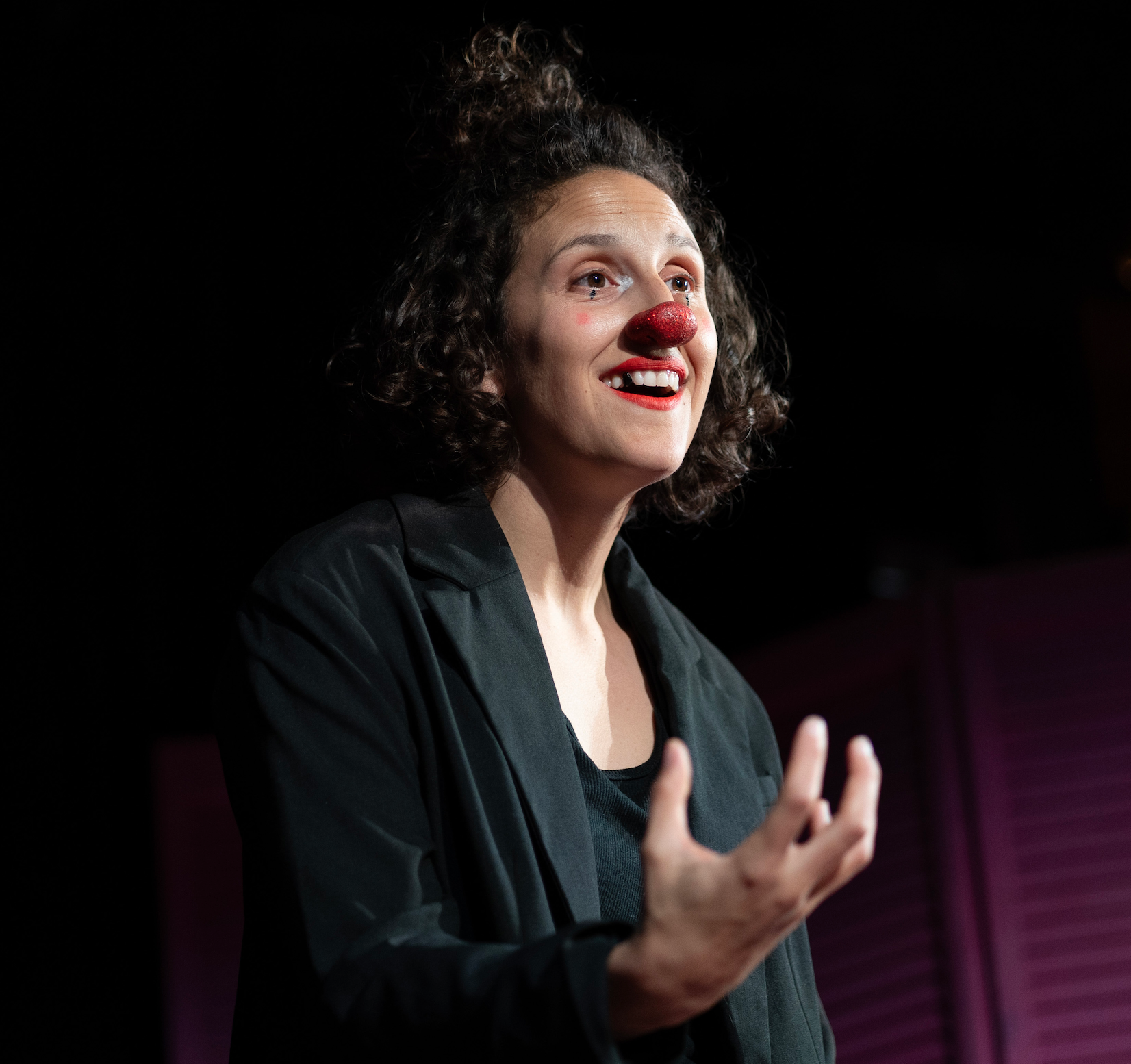
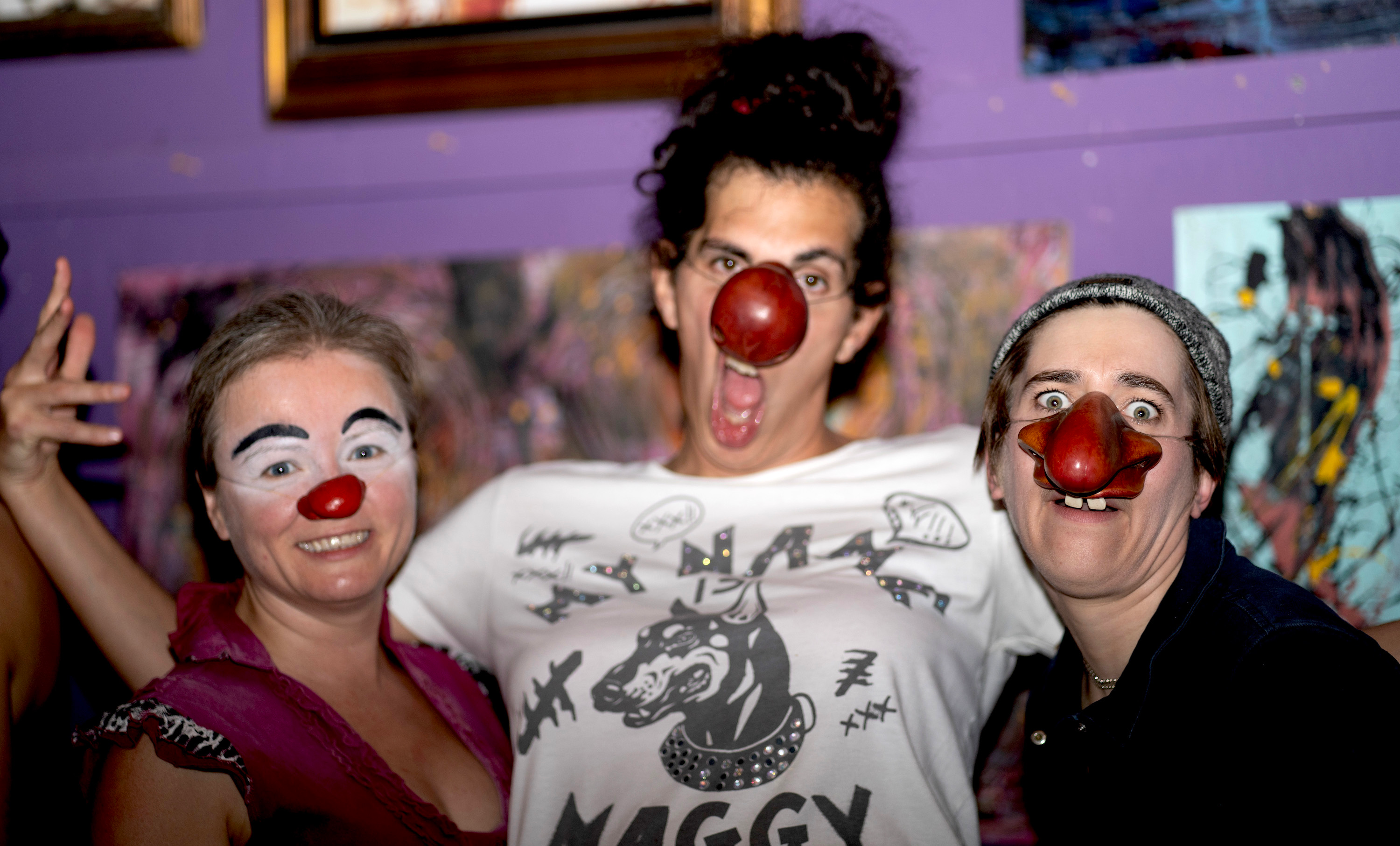
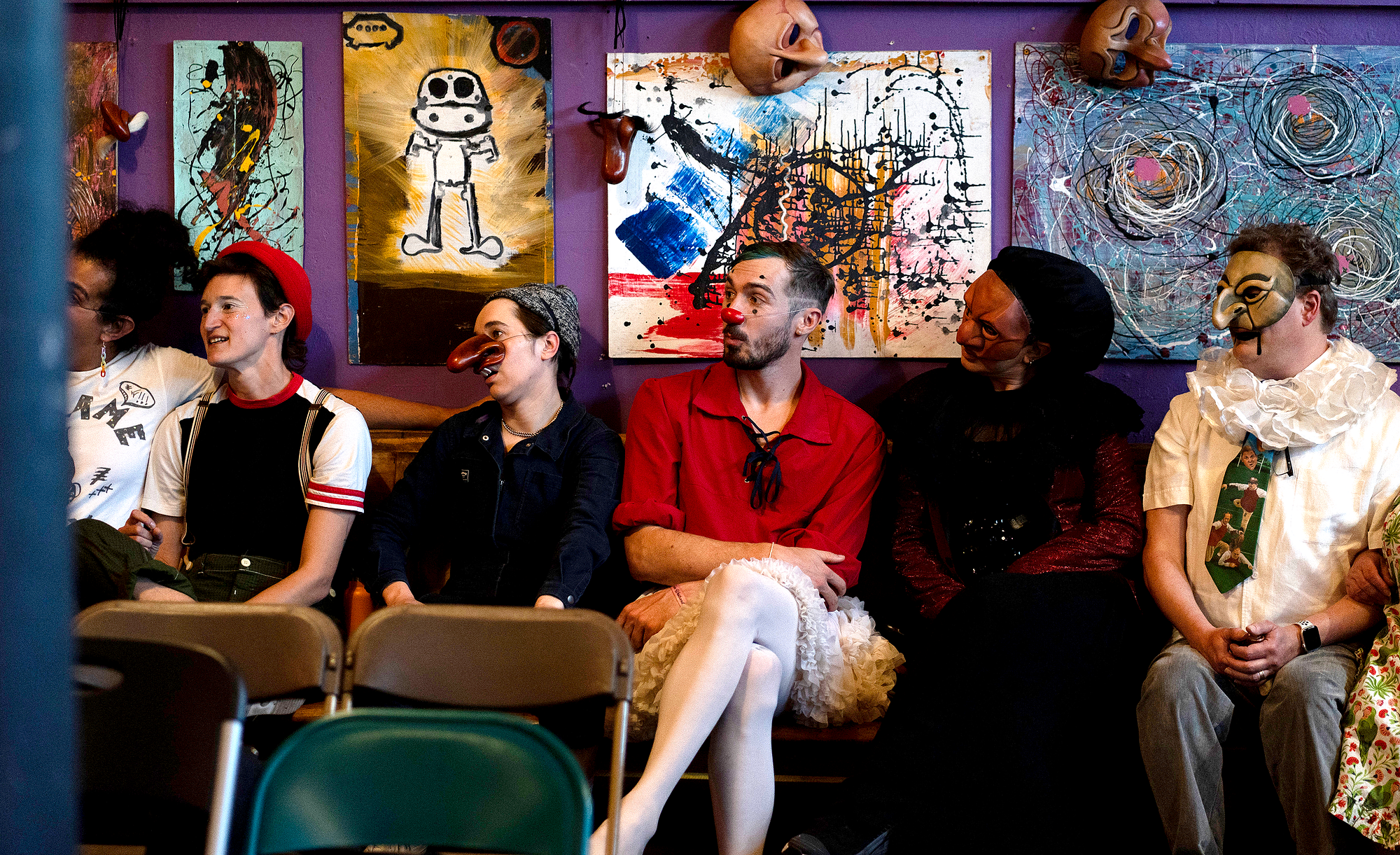
A loud bit from Norris’s set is interrupted by banging from the ceiling. It sounds like a noise complaint rather than a sound effect. “Was that part of the show?” I later ask. It was a legitimate noise complaint from an upstairs neighbor, affirms Dan Griffiths, the founder of Church of Clown. They have an agreement to end shows by 10 pm, but Griffiths admits, “It was a double show, and it ran a little late. And the cues were too loud.”
Church of Clown is an unlikely venue in an unlikely part of San Francisco, at the edge of the city near Brisbane, on Leland Avenue in Visitacion Valley. On weekends, it hosts small shows from local and visiting performers. During the week, it offers camps on physical performance for all ages and skill levels. Church of Clown also throws free community events like the Holy Fools Parade and the Krampus Christmas Cookie Sacrifice.
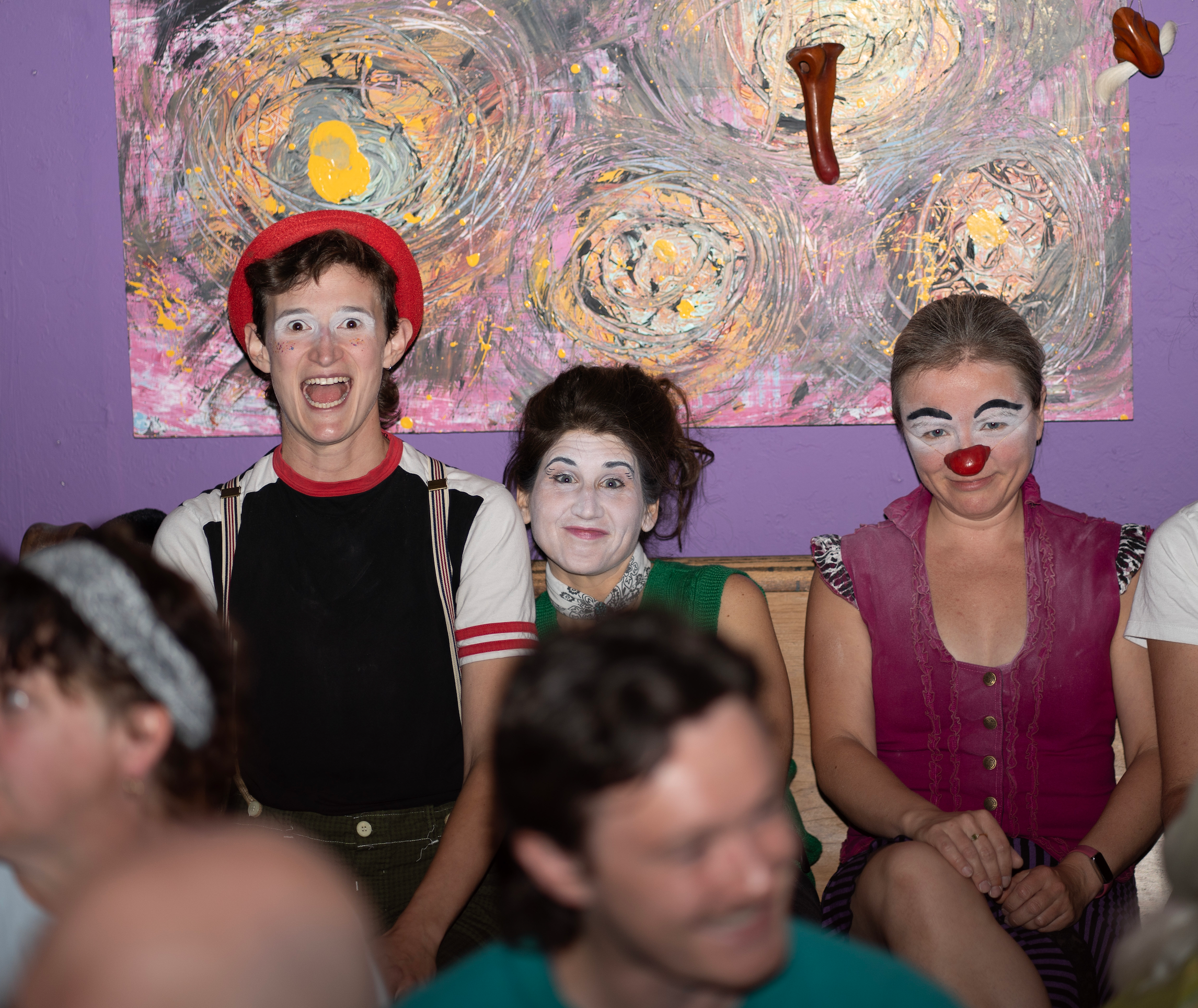
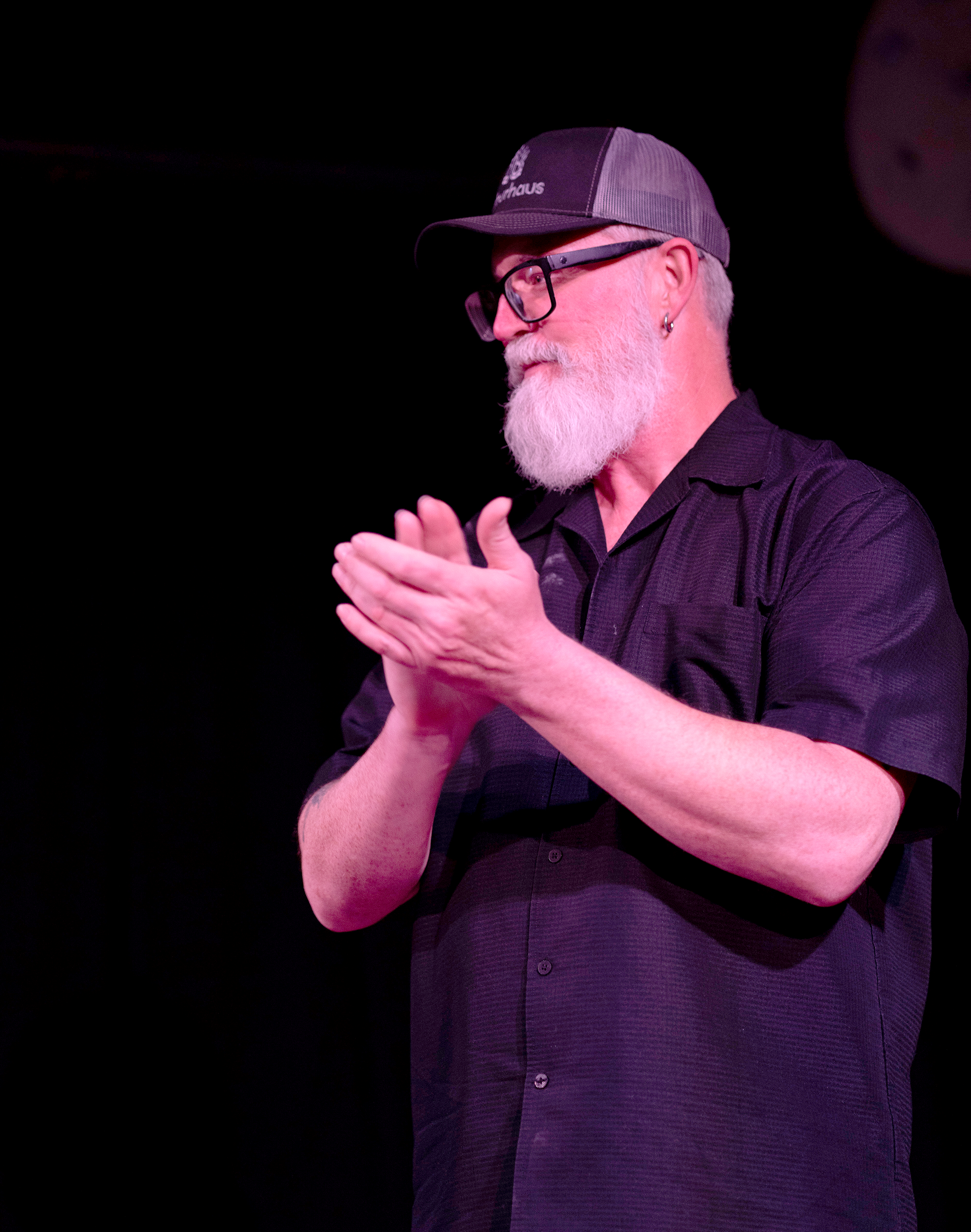
It’s all the brainchild of Griffiths, a seasoned performer and teacher of all things clown. Griffiths once studied with Marcel Marceau and has deeply thought about what it means to clown, clowning’s place in the world, and how to teach it effectively.
Having a conversation with Griffiths is like basking in a warm firehose — effusive, wide-ranging, erudite, and a little overwhelming. It is literally wide-ranging; He often jumps up to act out what he means, whether it’s wrestling with a coat to make a point about resiliency or adopting a reedy voice and accent in the guise of an erstwhile mentor. “Is this too much?” he asks, a bit apologetically. “I’m highly neurodivergent and I can’t escape that. I try to mitigate that.”
From the start, Church of Clown struck me as a cryptic name for a performance venue. Is it mocking organized religion? The website describes Church of Clown as “a community-supported public organization whose purpose is to embolden humanity through community, teach resiliency through humor, find humility through service, and nurture inspiration through joy.”
Initially, I ignored these words, but upon hearing Griffiths out, I came to understand that he is sincere in his belief that the world needs more clown in it.

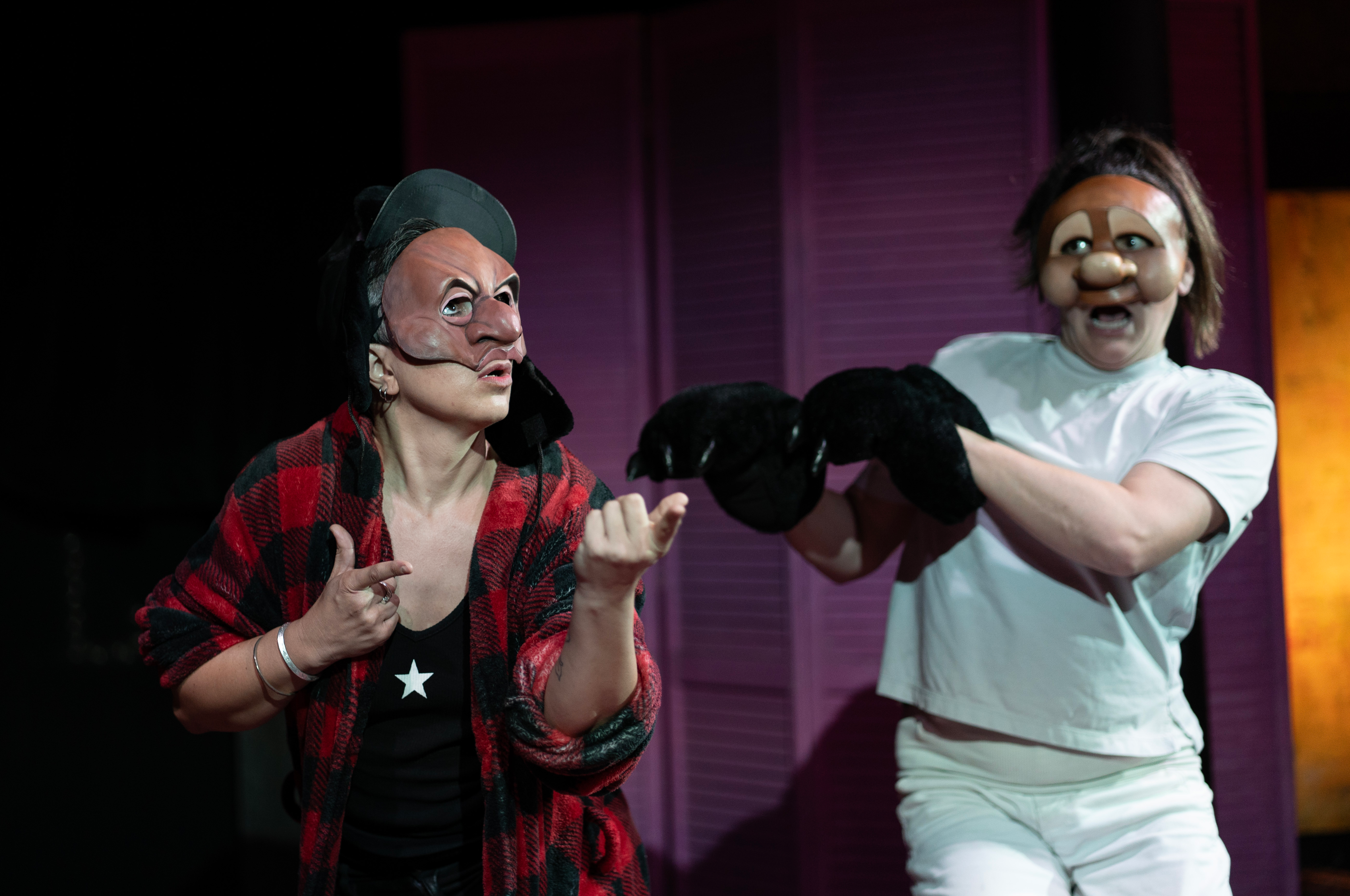

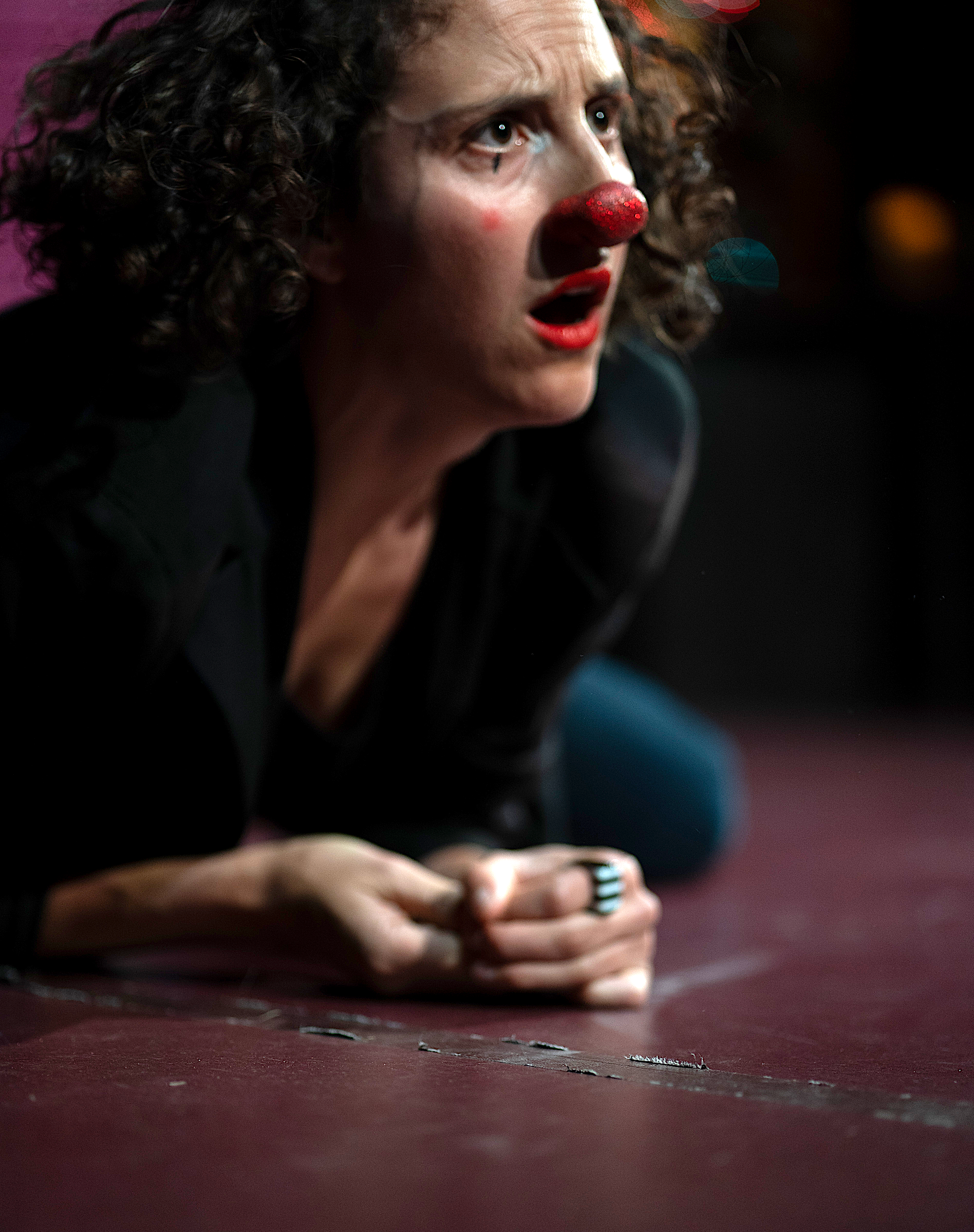
The modern Western clown tradition has French origins: Jacques Lecoq, Marcel Marceau, and Philippe Gaulier. Gaulier, mentor to Sacha Baron Cohen and Emma Thompson, uses via negativa, a method of excising all that is false to find humor propelled by authenticity. Clowns in popular culture have come to be seen as sad, self-loathing, or scary. We are fascinated by the dichotomy that clowns represent — happiness and suffering, artifice and reality. We believe there must be something broken inside clowns, driving a relentless need to amuse.
Griffiths rejects all of this. He wants you to find happiness in generating happiness. “My mom always taught me that I can catch more flies with sugar than vinegar. I encourage the clowns to do everything with delight. Even if they are mad on stage, the clown is delighted to be angry,” he said. “So the audience can tell that there are no fangs in the serpent. No menace.”
In his world, clowning isn’t about insult or mockery; It’s about creating connection.
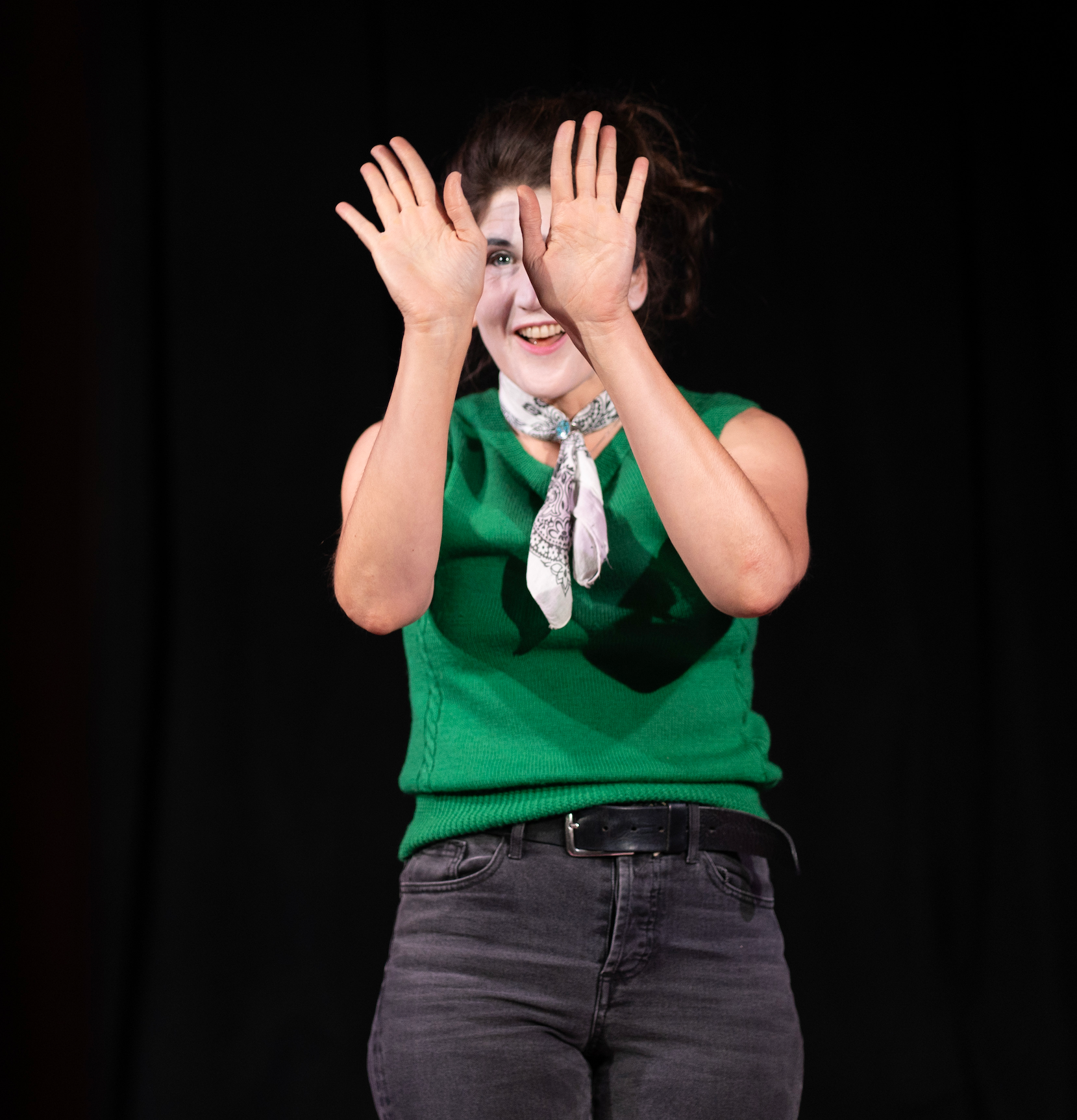
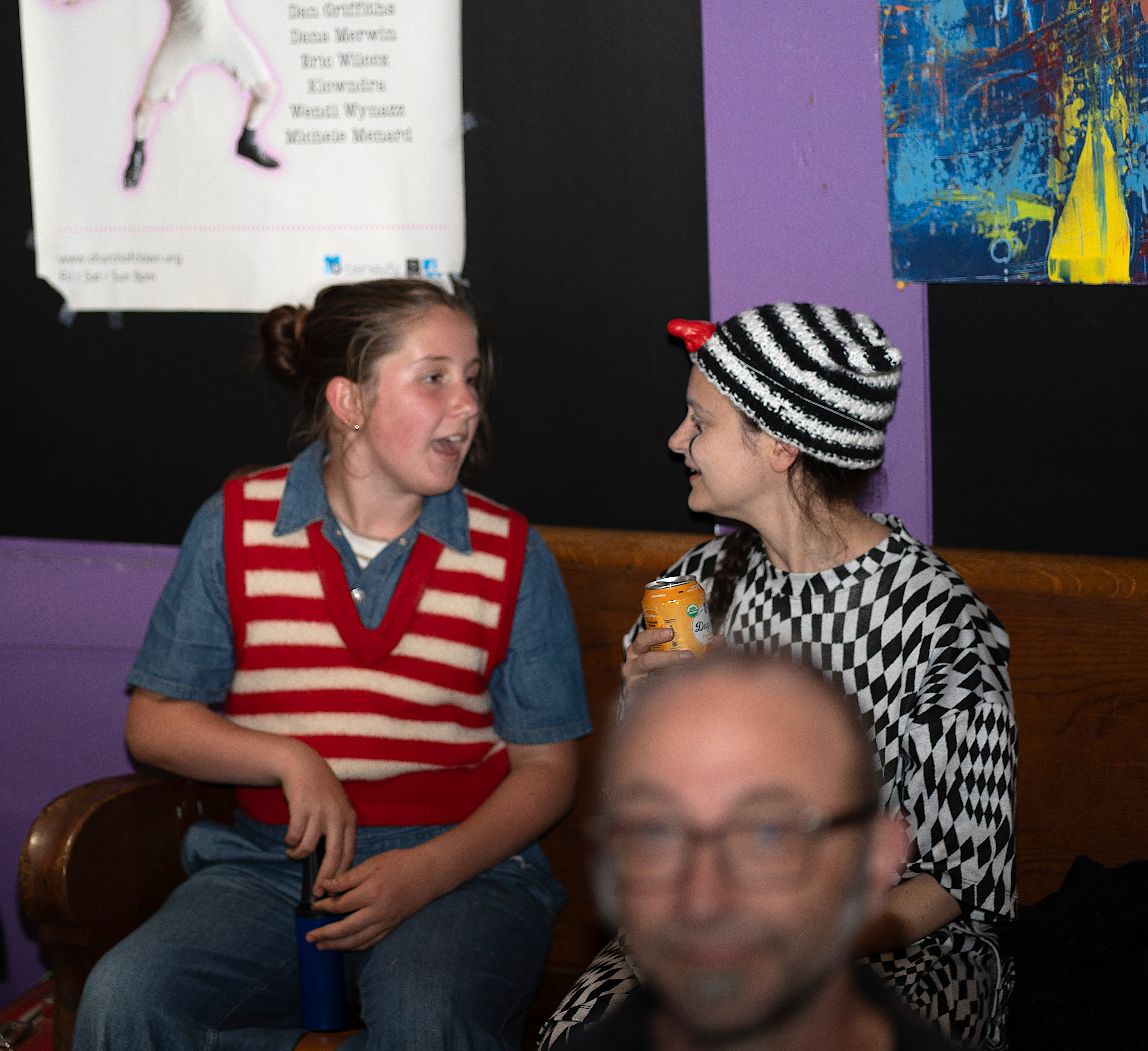


Standing on stage, you are struck by how close the audience is, despite your elevated position. There is nowhere to hide on the Church of Clown stage, by design — Griffiths wants minimal separation between the performer and the audience. Woolner toyed with this expertly during her show, whittling the separation down to the slimmest of barriers as she cajoled audience members to join her on stage and darted amongst the folding chairs herself.
Church of Clown’s second key tenet is that humor breeds resiliency.
“In a clown show, everything that happens — everything is a gift. You have to work it that way,” Griffiths said. “In this space, the bus goes by, the train goes by, it’s loud in here. You have to roll with it.”
To be a clown in Griffiths’s world is to treat everything in the world, warts and all, as a partner to your clowning. This makes every impediment, like an unexpected noise complaint, into a gift to the performer.
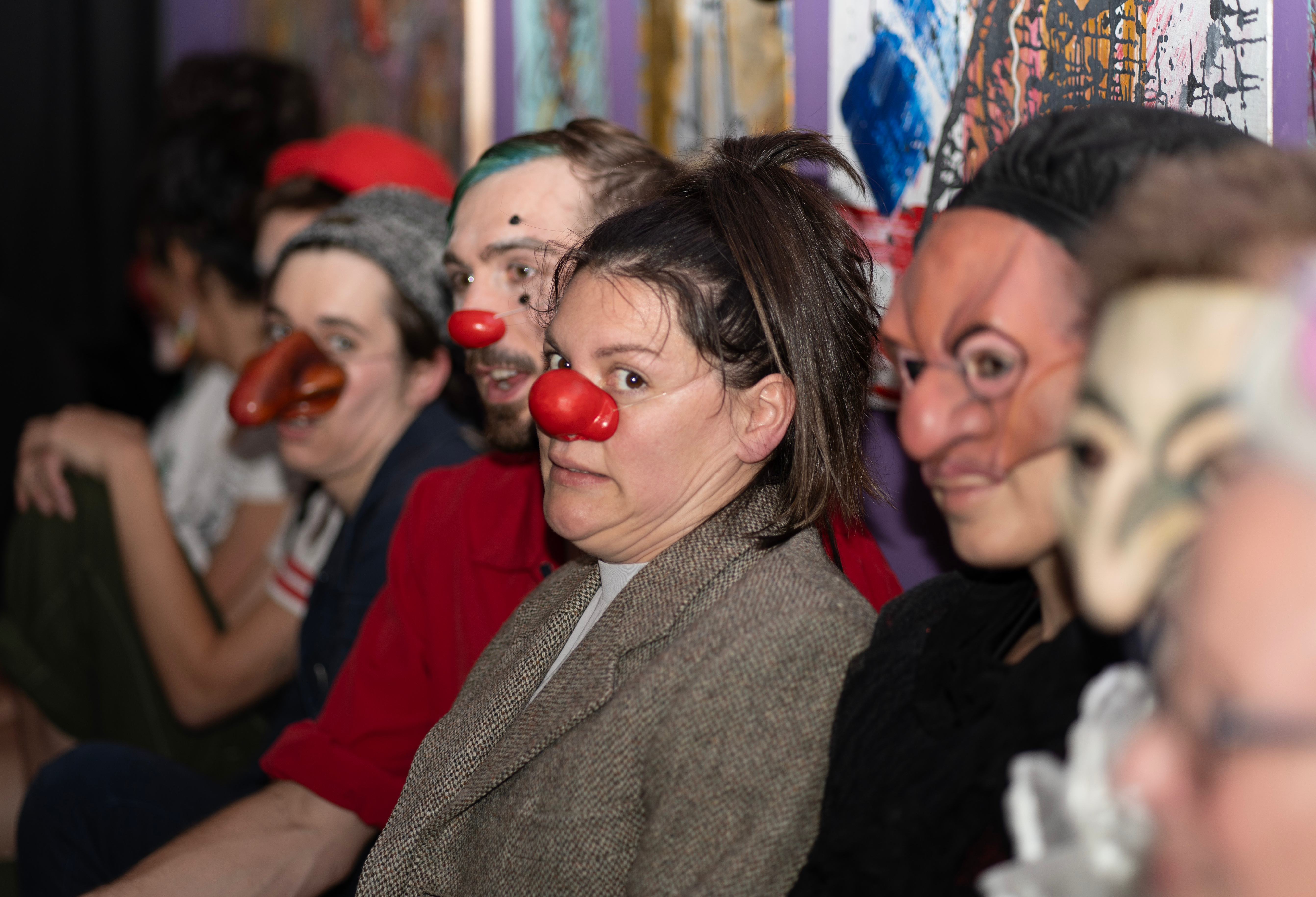

The act of wrestling with obstacles is a universal form of humor. We’ve been chuckling at people slipping on banana peels and coyotes getting walloped by anvils for decades. Learning to see the universe as a fellow trickster is learning to experience life as an endless source of new and inventive hijinks. As Griffiths explains, “If you think you’re a puppet that the universe kicks around, you’re going to react accordingly. You are needy. You are going to kick the world in turn.”
Living in a world where the universe is your constant partner in comedy begets a natural sense of reciprocity; The world gives to you and you give back.
Coyotes play a key role in the founding of Church of Clown. With performances shut down during the pandemic, Griffiths found himself wandering around McLaren Park wondering if there was a future in clowning. He was joined by a coyote, perhaps one of the many emboldened by the empty streets in the city. It just started walking with him along the trail. Griffiths had been flirting with the idea of giving it all up; he’d created a makeshift performance space in his basement, a lifeline for performers struggling through the pandemic, but it wasn’t getting easier.
“I was walking up the trail,” Griffiths said, “thinking, maybe I’ll just stop trying to do this and just work in schools.”
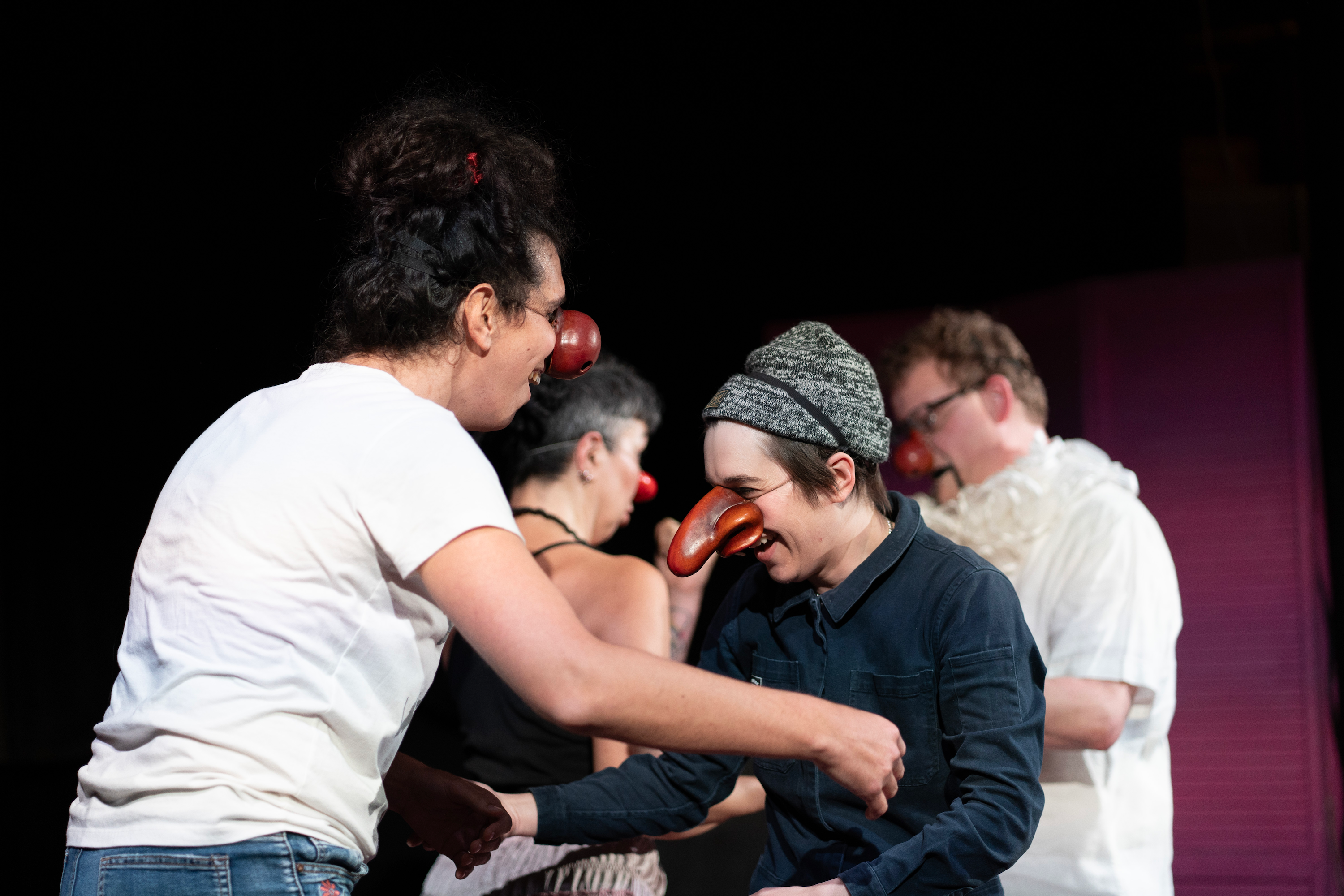
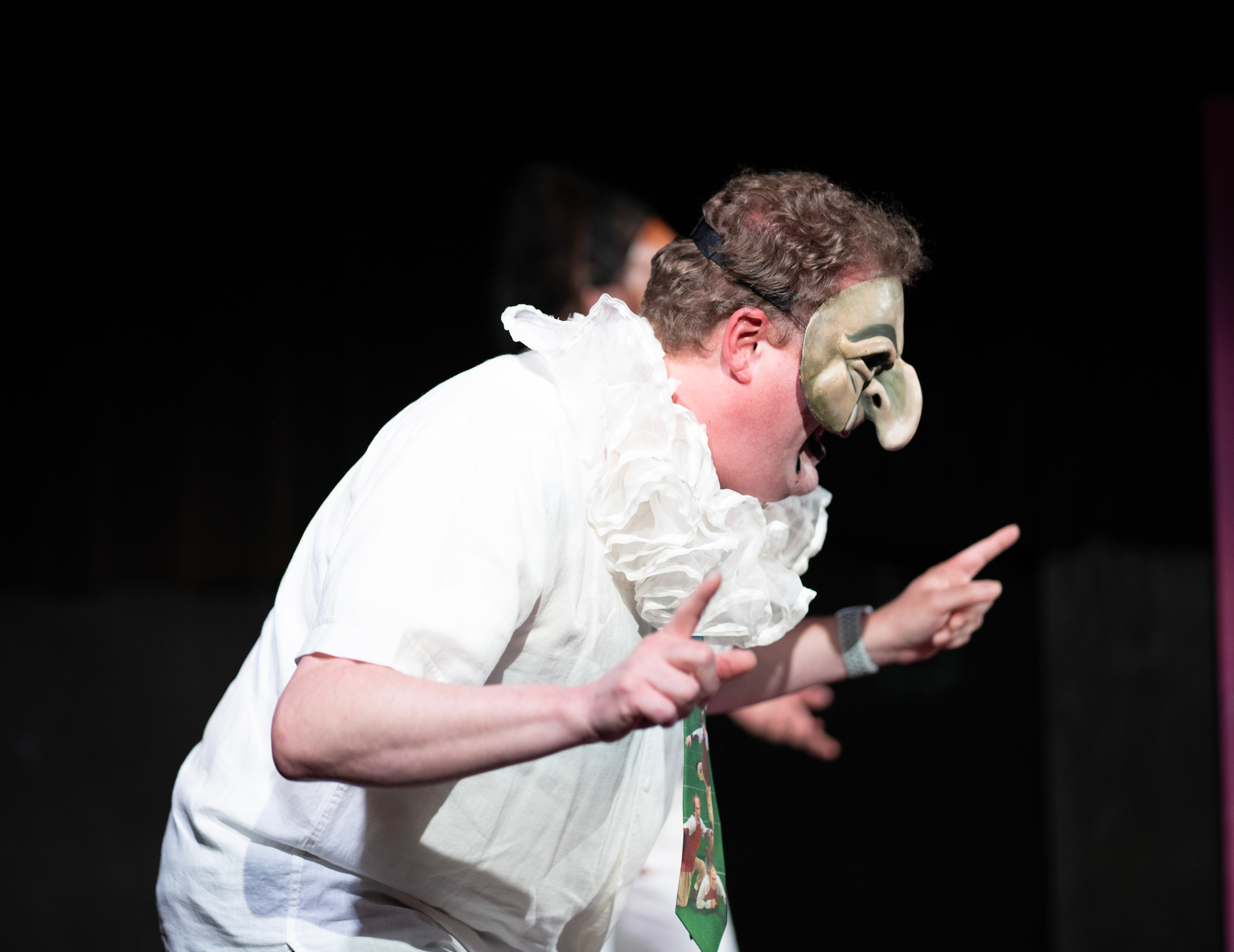
As he stood on the brink of abandoning his clown school dreams, the coyote turned and gave him a long look. Griffiths couldn’t help but see something deeper in that look. Coyotes are the comedic tricksters — the clown spirits — of North American indigenous tradition. He had found himself, literally, on the path of the coyote. And so he followed that path out of McLaren Park and down Leland Street, where he found the perfect empty building.
Weeks later, the high priest of the Church of Clown walked through the doors of his first temple, ready to give back to the universe one clown show at a time.
Join the faith at churchofclown.org. Jan Chong is a San Francisco-based parent and writer.
The Bold Italic is a non-profit media organization, and we publish first-person perspectives about San Francisco and the Bay Area. Donate to us today.



